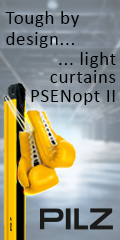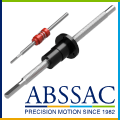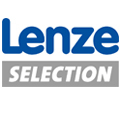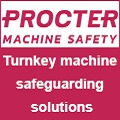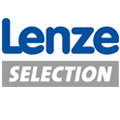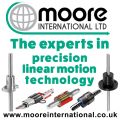
Posted to News on 30th Apr 2013, 13:36
Free ATEX selection poster demystifies explosion criteria
The ATEX directive has been in force for some years now, but the important criteria that must be considered when selecting an ATEX-certified device, such as a level sensor, a valve, a flow sensor, a pump - or any other piece of equipment for use in hazardous, potentially explosive environments - are often misunderstood. Now, Brkert is helping users across all process markets to overcome this problem with the production of a useful ATEX poster which can be downloaded from the company's website www.burkert.co.uk.
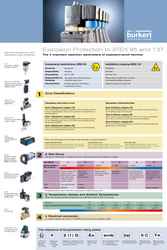
Under the 2003 ATEX directive, manufacturers must design and test equipment to prevent or minimise the risk of explosion in explosive atmospheres. As part of this process, every electrical or non-electrical source of ignition must be considered, plus the environments and applications in which a product may be employed.
Selection criteria for explosion-proof devices break down into four main categories. The first of these is Zone Classifications. These indicate the type of atmosphere for which the equipment is classified. Zones 0, 1 and 2 relate to combustible gas, fumes or mist. Zones 20, 21 and 22 relate to combustible dust. At the most hazardous end of the scale, zones 0 and 20 are areas in which there is an explosive atmosphere continuously present over long periods, or is frequently present. By contrast, zones 2 and 22 are areas in which combustible gases are not normally present, or persist only for a short period. Equipment must provide a certified level of protection and will be classified as suitable for one of these environments.
Gas Groups is the second category. Gas that is present in the environment should be classed according to explosion groups and temperature classes. The temperature class (T1-T6) gives the ignition temperature of the gas or gas mixture.
The penultimate category is Temperature Classes and Ambient Temperatures. An approved surface temperature of electrical equipment is given, depending on the temperature class of the gas that will be present. Where the maximum ambient temperature is not defined, a value of 40degC is assumed.
Completing the four categories is Protection Principle. This is classed as Ex-I input via barrier; or enclosure of the electrical connections via junction box or encapsulation.
Brkert provides a range of products for hazardous area process control. The company offers valve elements, process actuation, sensors and networked communications. In the explosion-proof world, where certification, compactness, smart communication and security are everyday concerns, the Brkert product range delivers process efficiency and higher yields by offering customers unlimited process modularity. For further information about ATEX please click here.
Fluid Control Centre
1 Bridge End
GL7 1QY
UNITED KINGDOM
+44 (0)1285 648720



